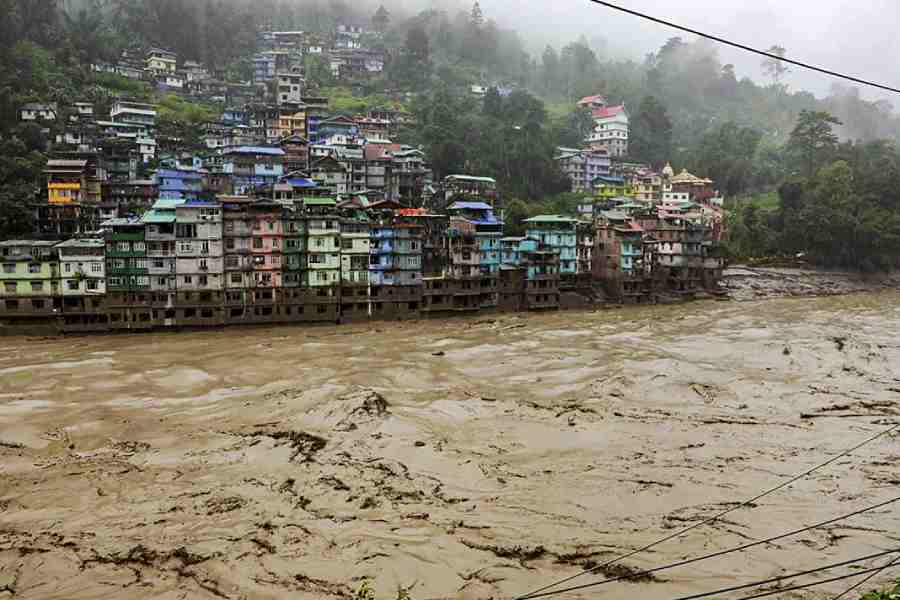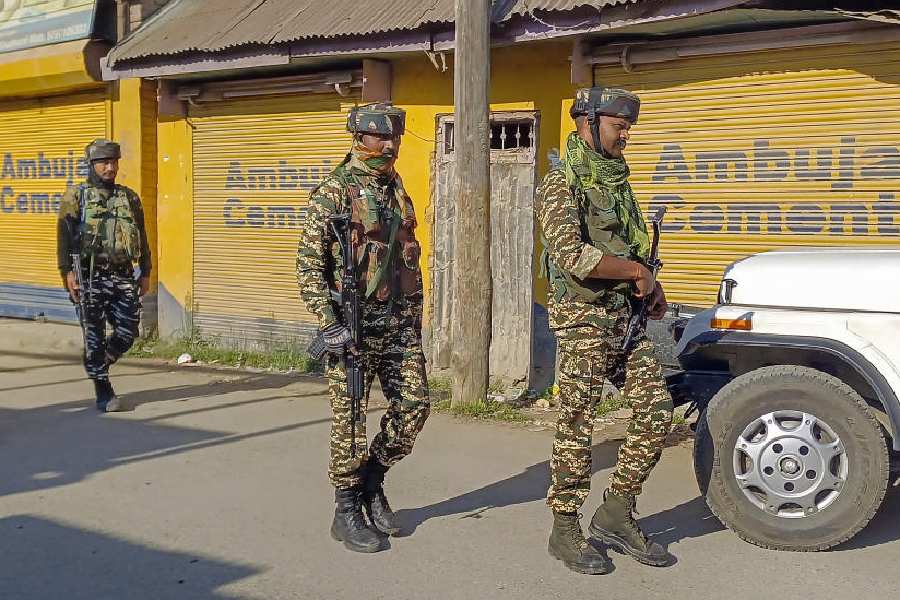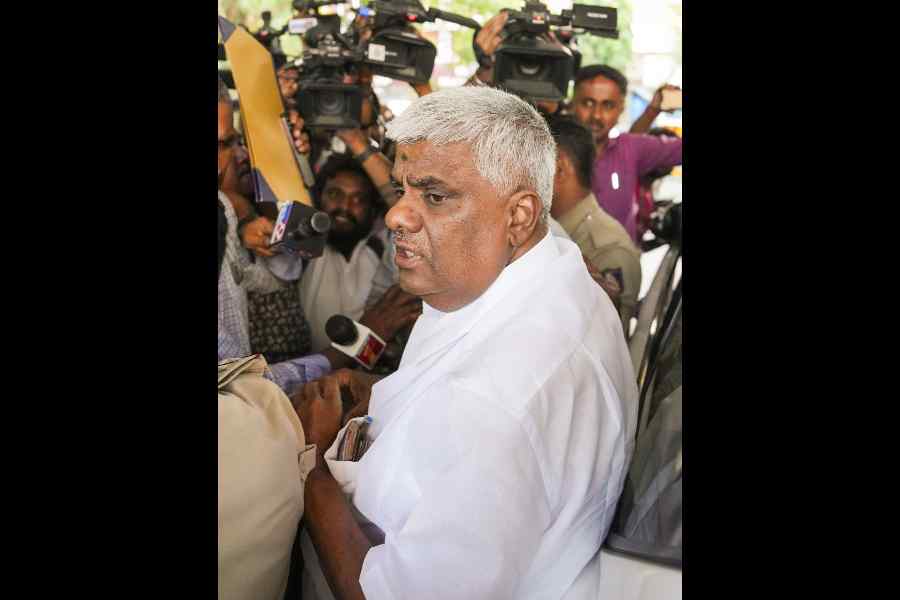Even a rudimentary examination of the recent flash floods in Sikkim would reveal the ugly hand of human activity in the disaster. Unplanned development, including the construction of multiple dams in the upper reaches of the Teesta — an operation fraught with risks for the local ecology, according to a study carried out as far back as 2005 — heightened the risks of glacial lake outburst floods, which have washed away hundreds of people and destroyed a dam and around 11 bridges. Such catastrophes are not without warning or precedent. Neither are they limited to Sikkim. In June 2013, cloudbursts and a similar GLOF at the Chorbari glacial lake in Uttarakhand killed over 6,000 people. There were the usual commiserations, and the ministry of environment and forests set up an expert committee that recommended the shutting down of 23 projects that could have an irreversible impact on the region’s ecology. But despite a moratorium by the Supreme Court on any further hydel power projects in the affected river valleys, in August 2021, the ministries of power, environment and jal shakti reached a consensus on resuming the construction of seven dams, including the Tapovan Vishnugad project that had been ravaged by a flash flood in the Dhauli Ganga river earlier that year. Governments in Sikkim and at the Centre have also been negligent of similar omens: a 2003 inventory of glacial lakes in the Sikkim Himalayas had identified 14 of 266 lakes as critical, including the recently-breached South Lhonak lake. At least three million people continue to be threatened by flooding in the vulnerable Himalayan regions, according to a recent global assessment.
At the heart of it all is the fusion of a faulty development template with indiscriminate greed and political complicity. The construction of dams and roads along with hotels that thrive on unregulated tourism often exacerbate geological threats; unthinking deforestation and the onset of climate change-induced transformations have further sharpened these fault lines. The absence of adequate livelihood avenues forces the region’s economy and politics to be permissive about such intrusions, ignoring the protests of local communities against such rapacious constructions. Natural disasters cannot be prevented in the age of climate change. However, their possibilities can be contained through the implementation of a template of development that is sensitive to ecological imperatives. The implementation of early-warning systems in glacial lakes across India and heeding the warning of scientists by policymakers are a must to prevent such disasters.










